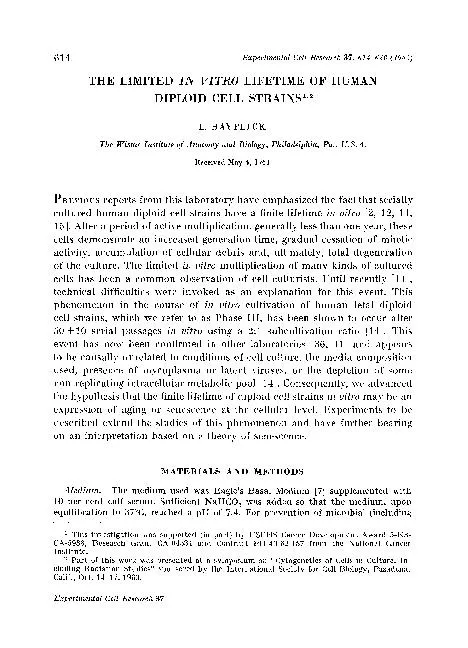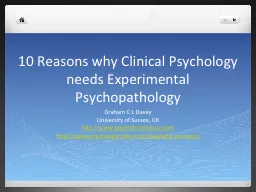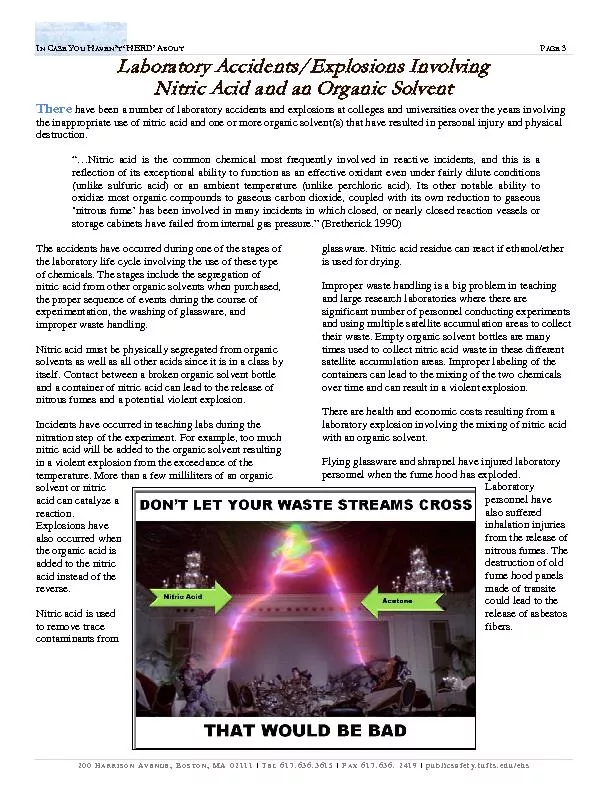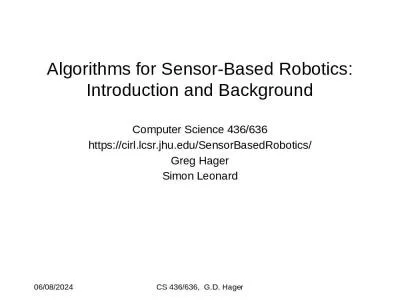PDF-Experimental Cell Research 37, 614-636 (1965)
Author : yoshiko-marsland | Published Date : 2016-05-28
611 THE LIMITED IN 145cITRO LIFETIME OF HUMAN DIPLOID CELL STRAINS12 L HAYFLICK The Wiistar Institute of Anatomy and Biology Philadelphia Pa USA PREVIOIS reports
Presentation Embed Code
Download Presentation
Download Presentation The PPT/PDF document "Experimental Cell Research 37, 614-636 (..." is the property of its rightful owner. Permission is granted to download and print the materials on this website for personal, non-commercial use only, and to display it on your personal computer provided you do not modify the materials and that you retain all copyright notices contained in the materials. By downloading content from our website, you accept the terms of this agreement.
Experimental Cell Research 37, 614-636 (1965): Transcript
Download Rules Of Document
"Experimental Cell Research 37, 614-636 (1965)"The content belongs to its owner. You may download and print it for personal use, without modification, and keep all copyright notices. By downloading, you agree to these terms.
Related Documents














